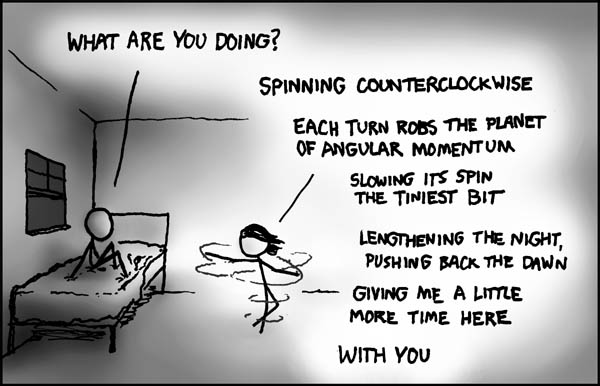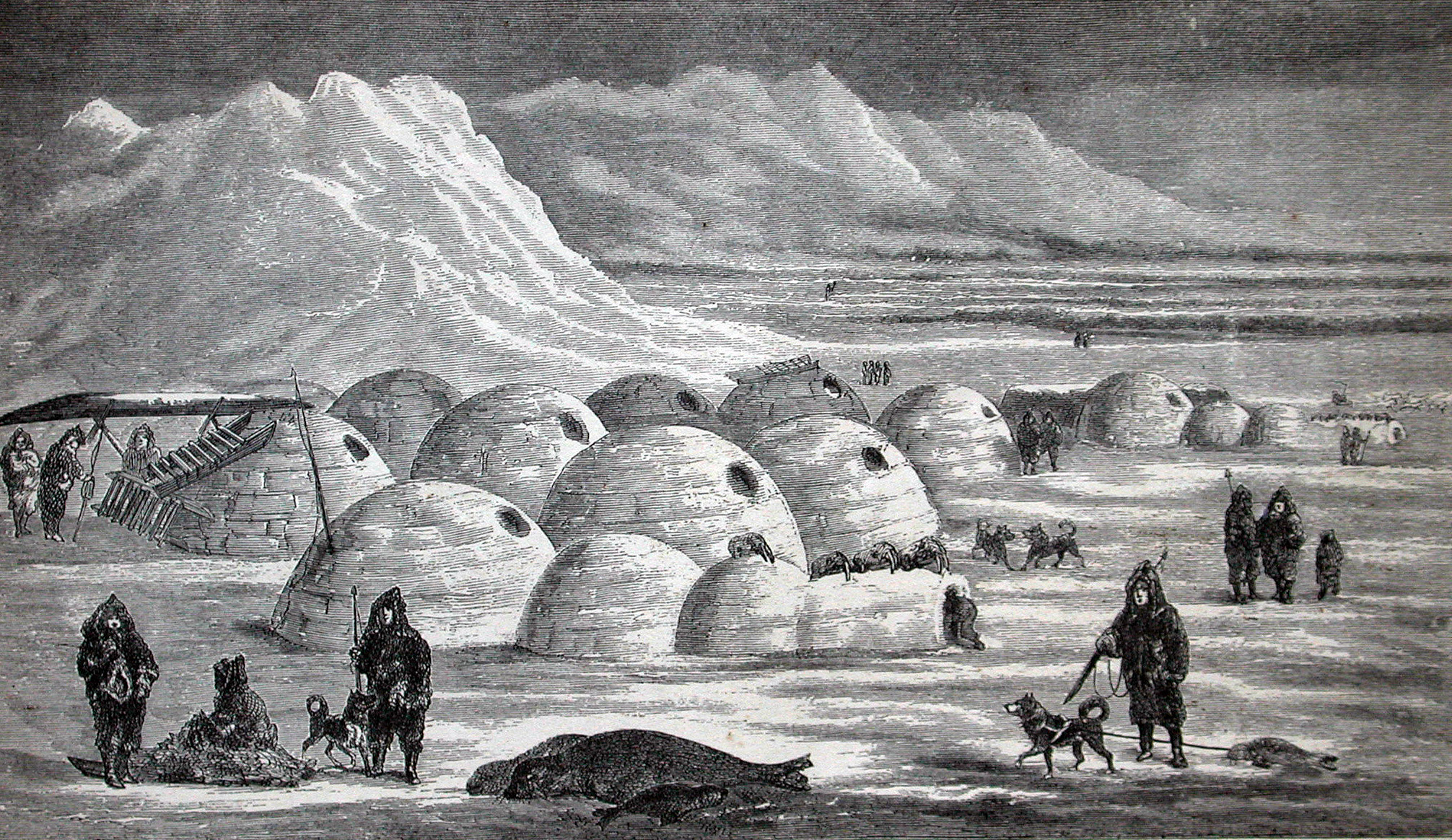 There was an interesting post on Reddit a couple of days ago:
There was an interesting post on Reddit a couple of days ago:
"After your death, what kind of statistics about your life would you like to know? ... Let's just say you get a sort of 'post-game' screen, like in a videogame. What kind of statistics (numbers, percentages, etc.) about your life would you like to know?"
I love this idea. Here are my estimates for some of the statistics Redditors wanted to hear. I’m assuming an 80-year life span.
“Gallons of liquor consumed”: If you average 3 beer cans worth of liquor per week, you’ll consume 4.4 m3 in a lifetime.
“Number of lies I told/was told”: Lies come in a variety of forms, but let’s not get too pedantic. No matter how you define it, telling ten lies per day seems like a lot and telling one lie every ten days seems like too few. I’ll assume people tell one lie per day on average. This gives about 30,000 lies in a lifetime. By symmetry, you might expect the number of lies told to equal the number of lies heard, but this is not necessarily the case because lies can be told in parallel. For example, when a politician lies, he’s usually lying to huge crowds of people. Assuming the average number of people who hear a lie is 10, you would hear about 300,000 lies in your lifetime.
“Number of biblical sins committed”: Minor sins are pretty common. If you average two sins per day, you’ll total about 60,000 sins.
“Percentage of time spent sleeping”: If you average 8 hours per night, you will have slept 33% of your life.
“Time spent on the Internet”: If you average 2 hours per day, you’ll spend about 7 years on the Internet.
“How many hours I've spent fapping”: This varies a lot from person to person depending on gender and how fast your Internet connection is. If you average 5 minutes per day, you’ll spend almost 100 days of your life fapping.
“Amount of semen expelled”: Assuming each—er—deposit contains about 1 tablespoon, and you make a deposit once per day, you’ll have about 0.4 m3, or roughly about 1 bathtub full.
“How much money I made in my lifetime (including all the money I earned when I was little)”: The money you made when you were little is probably not a significant figure, but if you average a $50K salary from age 25 to 65 and manage to spend all of it, you’ll have spent $2 million.
“Time spent on videogames”. If you average 2 hours per week, you’ll spend about 1 year of your life playing video games. (Note: Hardcore gamers will average much more that 2 hours per week.)
“Time spent playing sports”: If you play a couple hours each week, you’ll have played a year worth of sports.
“The percentage of how many people I came into contact with out of the people who lived on Earth at the same time as me”: There are about 7 billion people in the world right now. From this, we might estimate that in your lifetime 14 billion people have been alive at one point or another. Even if you average 100 new contacts per day, you’ll still only meet 0.02% of the people whose lives overlapped yours.
“Number of heartbeats and breaths taken”: Heartbeats and breaths happen about once per second and once every three seconds, respectively. That means you’ll have about 2.5 billion heartbeats and 840 million breaths.
“Number of pens lost”: I lose one at least one pen per month. That gives about 1000 pens lost.
“How many words I typed”: If you type at a computer for 0.5 hours per day and type 30 words per minute, you’ll have typed 26 million words. (The 0.5 hours per day number might seem small, but I’m only counting the time spent actually typing.)
“How many letters I typed”: If each word averages about 5 letters, you’ll have typed 130 million letters.
“How many words I said”: If you talk for an hour per day at a rate of 3 words per second, you’ll utter 300 million words in a lifetime.
“How many hours I slept”: Most people sleep about 8 hours per night, which means 27 years of sleep.
“How many times I had sex”: If you average once per month, you’ll have sex about 960 times.
“How many times I ate burritos”: If you eat one burrito per week on average, you’ll eat 4200 burritos in a lifetime.
“How many times I said the word [expletive]”: Some people never curse while others curse every other word. If you lie somewhere in the middle, you likely curse about 5 times per day which would mean about 150,000 curses in your lifetime.
“Amount of time spent on Reddit”: If you average 10 hours per week, you’ll spend almost 5 years on Reddit.
“Number of witty remarks made”: It’s hard to define a metric for witty, but I like to think I make at least one quip per week giving a total of 4200 witty remarks.
“Amount of time spent in the air”: I’m assuming we’re talking about riding an airplane rather than time spent in the air jumping. If you fly 4 hours out of the year, you’ll be in the air a total of 13 days.
“Fastest overall speed”: This question is not well defined, since speed has to be measured relative to some point. If we’re free to measure in any reference frame, then your fastest speed would be close to the speed of light since we could always choose a reference frame that was moving close to the speed of light relative to you.
“Number of farts”: This depends on your body chemistry. Most people probably average at least 1 and less than 50 farts per day, so I’ll assume 5 per day on average. This means you’ll have about 150,000 farts.
“Total volume of gas farted”: If each fart contains 50 mL of gas, the total volume of farts in one lifetime would be 7.5 m3. That’s about the size of an office cubical.
“How many total inches of [penis] I have taken. Each sexual encounter counts (not only each partner)”: If you assume one sexual encounter per month and a 6-inch average, you’ll have “taken” 150 m of penis or about 1½ football fields.
“Total miles walked”: I calculated this in How Many Licks? It’s about 23,000 miles.
“Number of laws I've broken”: I jaywalk at least 5 times per week. This means I will have broken the law at least 21,000 times.
“Number of times I said ‘I love you’”: Between family and my wife, I probably say it about 10 times per day which gives about 300,000 proclamations of love.




























